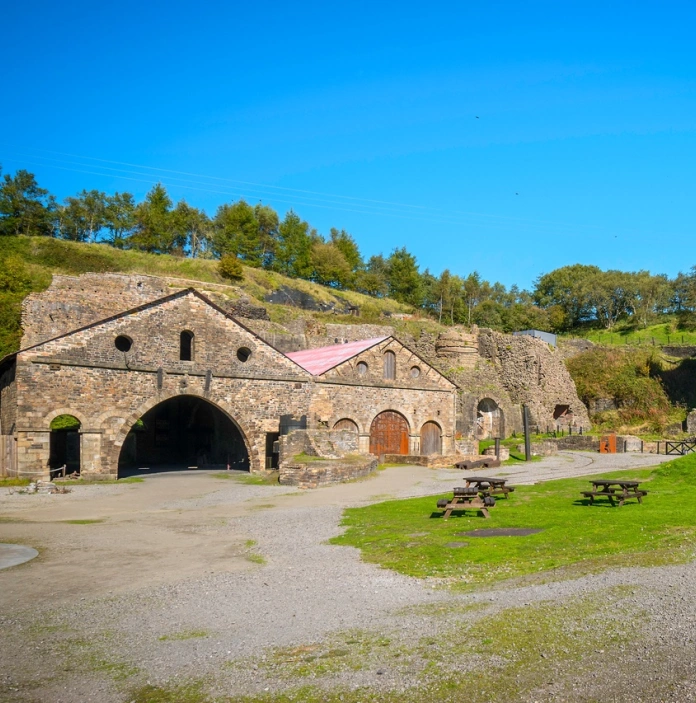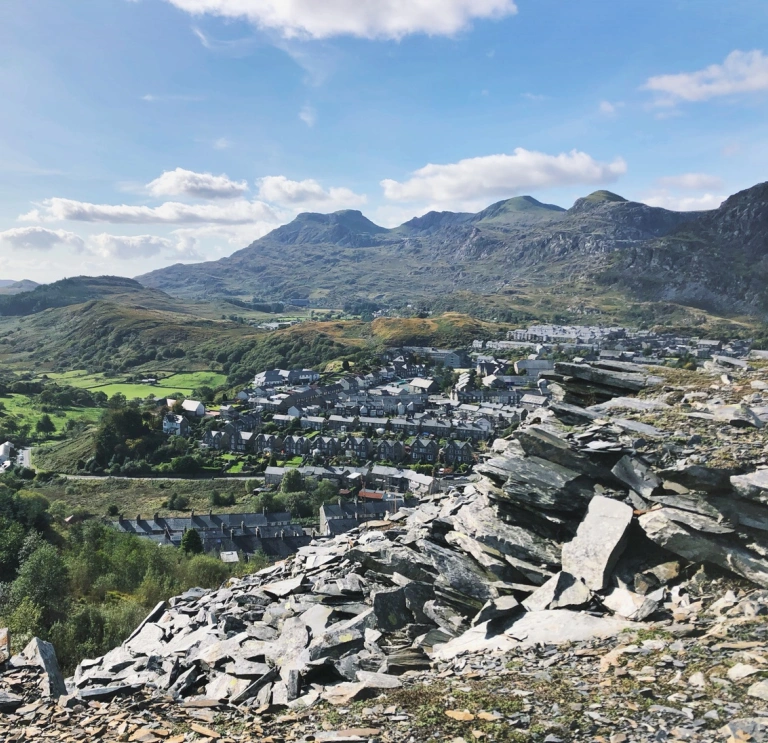The monuments and landscapes of Wales are some of the most remarkable in the world – and it isn’t just us patriotic locals who think that. The Slate Landscape of Northwest Wales, Castles and Town Walls of King Edward I, Pontcysyllte Aqueduct and Canal and Blaenavon Industrial Landscape have all been recognised by UNESCO.
UNESCO works to protect and preserve human history, and these places in Wales are now within the distinguished directory of World Heritage Sites around the globe; placing them alongside India’s Taj Mahal and Peru’s Machu Picchu as places the organisation considers to be of ‘outstanding value to humanity’.
The four sites in Wales vary from medieval strongholds that tower above the Welsh countryside to former industrial areas that once burrowed down into it. Each site holds an important place in the history of Wales, and each is certain to draw a wow from visitors. Here’s an introduction to the four UNESCO World Heritage Sites in Wales.
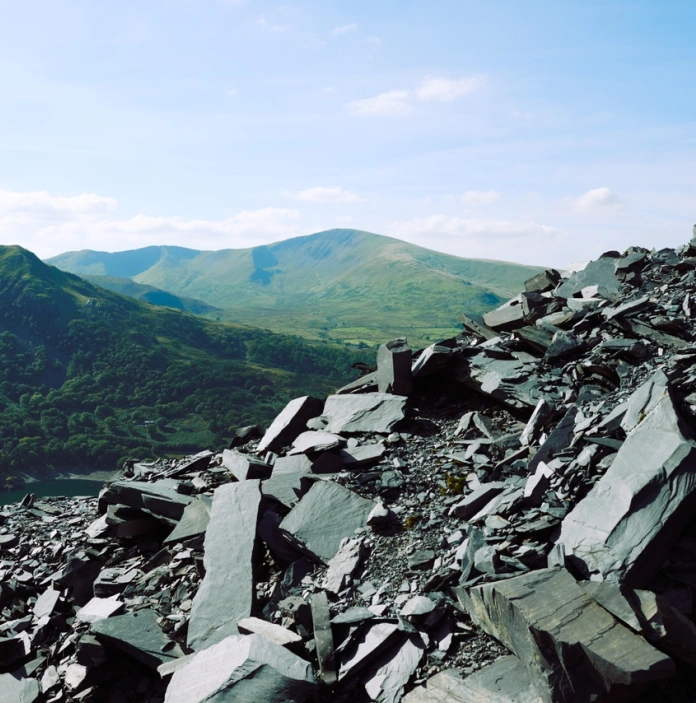
The Slate Landscape of Northwest Wales
Wales’ most recent addition to the World Heritage list, The Slate Landscape of Northwest Wales consists of six separate sites around the county of Gwynedd, encompassing former quarries, railway lines, mills, and grand, landowner-built manor houses that are all relics of the Welsh slate industry.
The production of slate was big business in Northwest Wales. By the late 19th century, the region’s quarries produced roughly a third of world output of roofing slates, and, as a result, it’s said Welsh slate could be found in buildings on almost every continent.
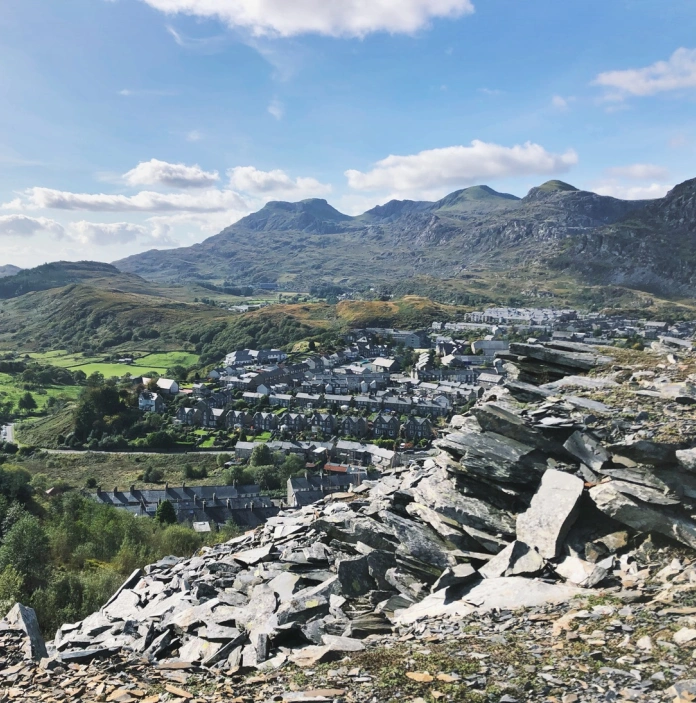
The industry, which employed around 17,000 people before its steady decline in the late-20th century, also contributed to shaping the identity of North Wales, bringing families to Welsh-speaking mountain-side communities like Bethesda and Blaenau Ffestiniog, which still take great pride in their industrial heritage today.
Alongside the area’s historic buildings and cultural attractions, the lasting impact of the slate industry is most prominent in the unique landscape of the region, with the larger quarry sites having cut great cascading terraces into the Eryri (Snowdonia) mountains – now crisscrossed by walking trails (and occasionally zip lines!) rather than the tracks of heavy machinery.
Castles and Town Walls of King Edward in Gwynedd
Enshrined onto the UNESCO World Heritage list in 1986, the castles built by England’s King Edward I during his invasion of Wales in the 13th century are considered to be some of the most striking – and best-preserved – strongholds in the country.
There are four castles in all: Conwy, which stands tall and mighty on the banks of the Conwy River, Harlech, which looms over its namesake town from a rocky hilltop, Caernarfon, arguably the grandest of the four with its immense stone walls and polygonal towers, and Beaumaris, a study in architectural symmetry, which, due to spiralling costs, was never fully completed. The accompanying fortified towns of Conwy and Caernarfon and are also included in the UNESCO listing.
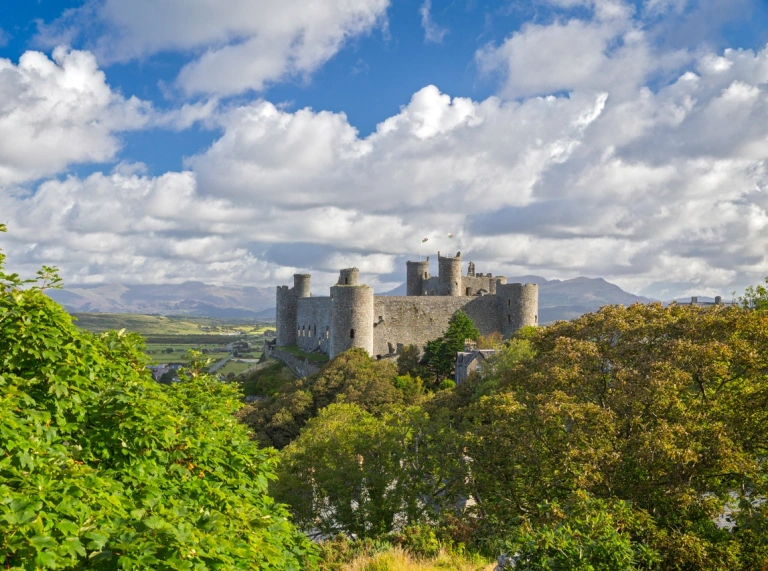
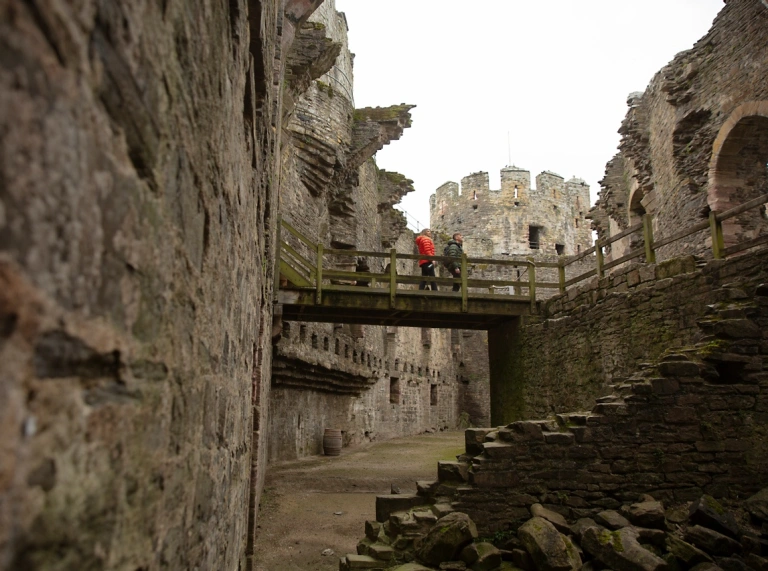
All four castles, scattered across the county of Gwynedd in North Wales, were overseen by James of St George, the greatest military architect of the age, and no expense was spared in their construction. Caernarfon cost an eye-watering £25,000 (£22,000, more than the Treasury's yearly income), while a fleet of 450 stone masons were employed to work on Beaumaris. Such was the manpower at the king’s disposal that Conwy Castle only took four years to build.
Along with being masterpieces of medieval military architecture, the monuments also serve as tangible reminders of Edward’s long and bloody conquest of Wales, as well as an ode to the strength of the Welsh resistance he faced.
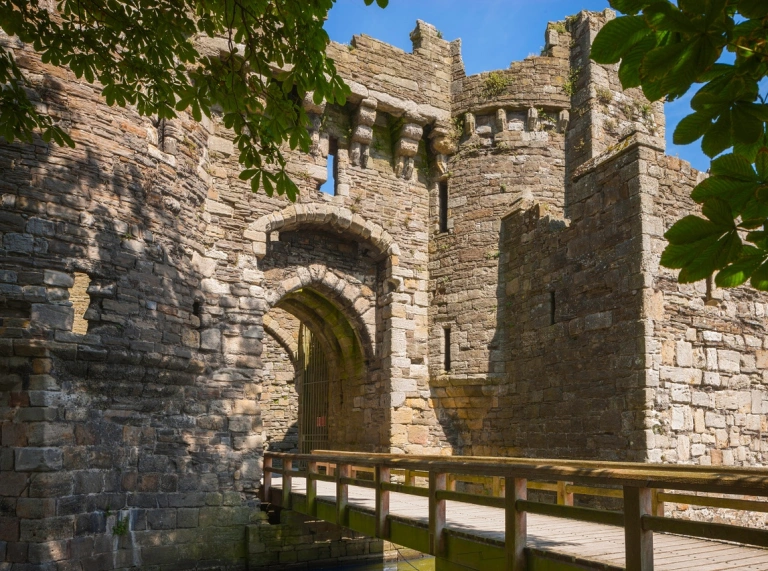
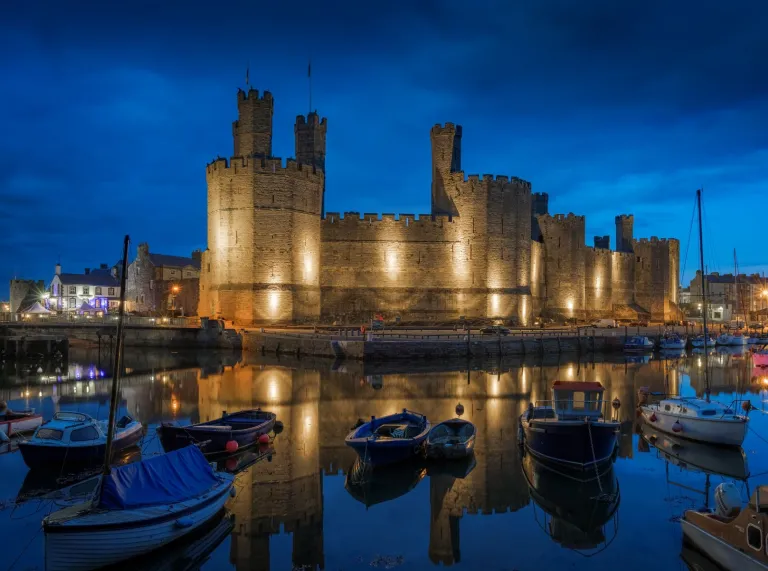
Pontcysyllte Aqueduct and Canal
With its 19 symmetrical metal arches supported by tall, slender masonry piers, Pontcysyllte Aqueduct is a marvel of 19th century engineering. But even those who don’t know their acute from their obtuse angles will be awed by the scale and elegance of the stoic monument, which still transports narrowboats on a slender stream of water some 38 metres (126ft) above the River Dee.
The structure and adjoining canal, which became a UNESCO site in 2009, is over 200 years old and was designed by celebrated civil engineer Thomas Telford. The highly ambitious project – with the aqueduct spanning the wide valley without the use of locks – is considered his first masterpiece. Telford would go on to oversee further construction projects in Wales including both the Menai and Conwy Suspension Bridges, two of the first such bridges in the world.
Along with the aqueduct, the UNESCO listing includes 17km of scenic canal way (where boats are still pulled along by horses), as well as infrastructure involved in the completion and maintenance of the project, such as engineers’ houses and canal-side wharfs.
Today, the aqueduct is a rite of passage for seasoned boaters, who brave the precipitous crossing for the panoramic vistas of the Llangollen countryside. Walkers – with a good head for heights – can also make the crossing, using the towpath that runs alongside the canal.
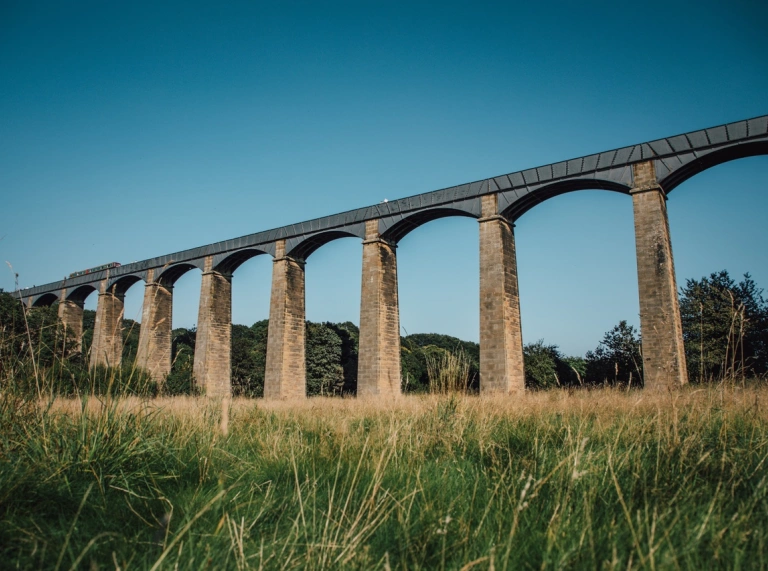
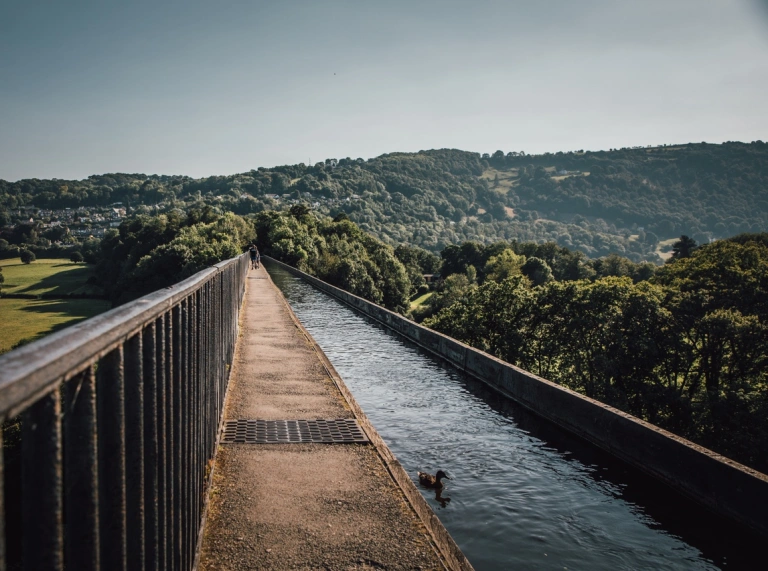
Blaenavon Industrial Landscape
Present-day Wales may be known for its green landscapes (and the forward-thinking policies that help protect them), but it is the coal industry that has dominated the country’s recent history, with the South Wales Valleys a hub of the UK’s coal and iron production during the British Industrial Revolution.
Much of the infrastructure from this period has long disappeared, but the preserved buildings and machinery in the former mining town of Blaenavon, in the county of Monmouthshire, stands as a monument to this seminal Welsh industry, providing visitors with a window into coal’s impact on the Welsh landscape, and the lives of those who spent long days underground mining it.
The centrepiece of the UNESCO site, which also encompasses the town of Blaenavon itself and its heritage railway line, is the former ironworks. Here, great stone structurers, including colossal blast furnaces and the remains of the giant water balance tower (which cleverly used water-filled weights to lift wagons of iron onto the adjoining tram track), loom over visitors.
A particularly popular part of the site is the award-winning Big Pit National Coal Museum. A working mine until 1980, the museum’s clanking lifts are now loaded up with tourists rather than workmen, who are lowered 300ft underground into the town’s preserved mining tunnels. Once inside, guided tours by torchlight offer a first-hand insight into the gruelling daily routines of those who were tasked with retrieving the fuel that powered Britain’s industrial boom.
